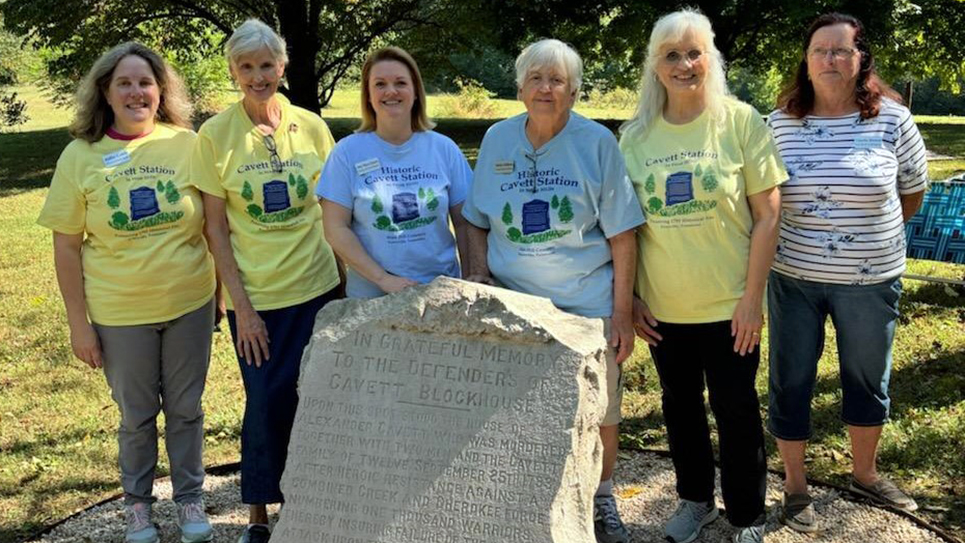Last Wednesday, August 20, the Tennessee Department of Education released the preliminary statewide 2015 list of Priority and Focus Schools. Preliminary listings of Reward Schools were released on Thursday, Aug. 21. Be prepared to be underwhelmed.
The U.S. Department of Education requires the Tennessee’s accountability system to identify three types of schools: Priority, Focus, and Reward schools. Priority and Focus schools are identified every three years, with the first designation in 2012.
Priority Schools are the lowest 5% of schools across the state in terms of overall performance.
Focus Schools are the10% of schools with the biggest achievement gaps between groups of students, such as Black/Hispanic/Native American v. all students (BHN), Economically disadvantaged v. non-economically disadvantaged (ED), or students with disabilities v. students without disabilities (SWD), regardless of overall performance.
Reward schools are the top 5% of schools in overall performance and the top 5% in progress.
Priority and Focus schools were last identified in 2012. Knox County had just one school, Sarah Moore Greene Magnet Academy, on the Priority list in 2012. Five schools were identified as Focus Schools: Austin-East Magnet High, Beaumont Magnet Elementary, Fountain City Elementary, Inskip Elementary, and Vine Magnet Middle.
Now, three years later, three more schools have joined Sarah Moore Greene on the Priority School list: Green Magnet Elementary, Vine Magnet Middle, and Londsale Elementary.
A total of nine Knox County Schools are on the 2015 Focus list: Bonny Kate Elementary (SWD), Central High School (BHN), Chilhowee Intermediate(SWD, BHN), Fountain City Elementary (ED, BHN), Hardin Valley Elementary (ED), Mooreland Heights Elementary (ED), South-Doyle High (BHN), South-Doyle Middle (ED, BHN), and West Hills Elementary (ED).
The basis for inclusion on the Focus list in all of the above cases was gaps identified between high and low achieving groups of students. The letters in parentheses after the school names above identify the specific groups with gaps at that school.
You can access the data here: http://tn.gov/education/data/accountability/schools_2014.shtml.
It is doubtful that even the KCS PR department can spin going from one Priority School in 2012, to four listed schools three years later in a positive light. That’s a 300% increase in the number of Priority Schools in our district.
And while it is true that Austin-East, Beaumont Elementary, and Inskip Elementary all moved off the Focus School list, Vine Middle moved down to the Priority list and eight new Knox County schools were added to the 2015 Focus School list.
Using common core math, we want all members of the KCS Board of Education and Dr. McIntyre to solve this problem: 5 – 4 + 8 =? Please draw a picture, and write a paragraph to explain your answer.
Of course, education reform isn’t really about educating students. More than $7 million is available from the state to help districts turn around these lowest performing schools. According to the TNDOE, most of this money will go towards a competitive planning grant for districts that have Priority Schools.
More Priority Schools could mean more grant money.
Here is where it gets interesting. Parents, pay attention. Districts with Priority Schools will have one year to plan before their schools receive “mandatory intervention,” such as inclusion in the Achievement School District or a district-led “Innovation Zone.”
The state is also building an “intensive, regional support team” to help Focus Schools close achievement gaps. Where have we heard the term “regional support team” before? Oh yes, that was in the 2020 Strategic Plan. Joan Grim spoke at the August 6 BOE meeting, expressing grave concern about the inclusion of the “Regional Support Structure” in the KCS 2020 Plan, but it was an emergency! The BOE had to vote to approve the plan!
What Grim pointed out was that research shows that such a structure begins by setting up a separate “‘District Turn-Around Office”’ with an independent group of administrators who manage these schools outside of the democratic oversight and governance of Knox County School Board. For more information on Grim’s research on Regional Support Structures, see the Knox Focus 24/7 post for August 6, 2014.
Of course, since there will always be a “lowest 5%,” there will always be schools on the Priority School list, no matter how well the students are performing. Statistics are like that. Likewise, even if every student in the state bombs the assessment test in a given year, there will still be the top 5% comprising the Reward School list.
The Knox County Reward Schools for 2014 include Farragut High School for both performance and progress; L&N Stem Academy, Rocky Hill Elementary, and Sequoyah Elementary for Performance; and Powell Middle School for Progress.
“I applaud the efforts of our teachers, leaders and school communities, and their commitment to providing an outstanding education to every student,” said Dr. Jim McIntyre, Superintendent of the Knox County Schools.
Or, at least to the 4,314 students in those five schools.
This is the third consecutive year that Sequoyah Elementary has been named a Reward School, and the second consecutive year that L&N Stem and Farragut were named Reward Schools. But both 2013 and 2014 Reward School lists have half as many Knox County schools listed as in 2012.
In addition to Sequoyah Elementary, the 2012 Reward School list included Corryton Elementary, Gap Creek Elementary, and Shannondale Elementary for Performance, and Bearden Elementary, Carter Elementary, Powell High, Ritta Elementary, South Doyle Middle, and Whittle Springs Middle schools for Progress.
For all the glowing reports of “A+ achievement” that the KCS PR department is issuing, the results, when fully parsed, are less than inspiring. Perhaps that is why it was so important for the Board of Education to conduct Dr. McIntyre’s performance evaluation on August 18. “It’s an emergency!”






